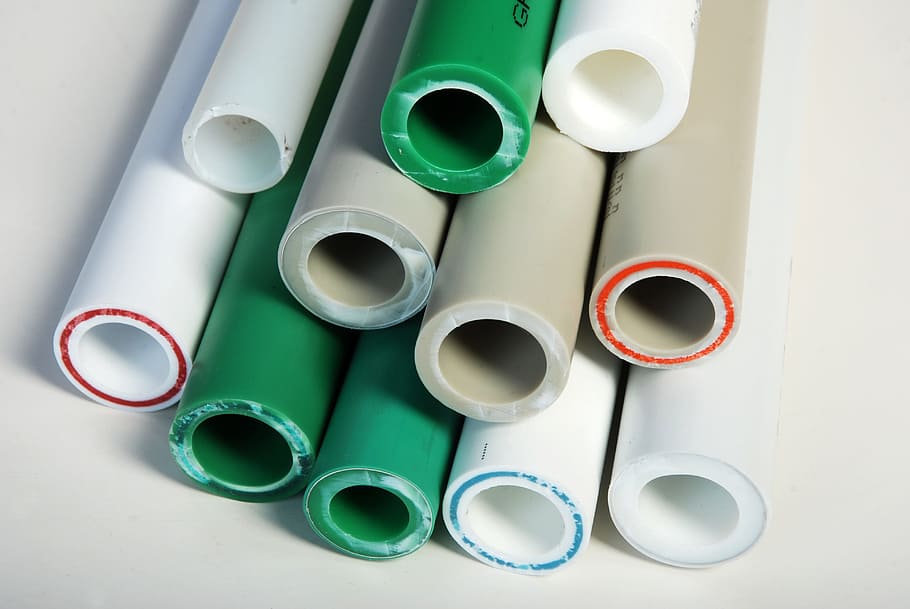How Is Engineering Plastic Made?
Nylon or Polycaprolactone are produced from a monomer called Caprolactam. This is an organic compound that is a cyclic amide of caproic acid. Engineering Plastic is a result of the polymerization process of aminocaproic acid. This process turns the acid into a polymer, and then the polymers are heated to produce a moulded or extruded profile. How Is Engineering Plastic Different From Commercial Plastic?
Engineering Plastics are different from commercial plastics in their method of design. This type of plastic is designed to withstand environmental and mechanical conditions. Commercial plastic is not developed to deal with extreme environmental conditions. Although this type of plastic is not mass-produced, when compared to commodity plastic, it is still produced in small quantities to meet the goals and outcomes of businesses and industries. Engineering Plastic has favorable characteristics that can benefit industries and entrepreneurs. It has high heat resistance, self-lubrication, mechanical strength, chemical stability, and much more. These qualities are demanded by various industries in the market. The distinct features of this plastic have replaced conventional materials like metals and wood in the industry. To maximize the benefits, plastic is often combined with materials like glass fibers — this increases the beneficial properties of plastic and gives profit to the owners.
Applications of Engineering Plastics
This type of plastic is versatile and is available in different grades. These grades are applied according to the properties of the plastic. A variety of these grades are used for different kinds of work. PA 6 and PA 66 are used in parts that are used for large repetition work. PA 6 G has increased strength and resistance with a low weight. This plastic is beneficial for balance and reduction of vibration. Engineering Plastics like PTFE and Teflon which is also known as (Polytetrafluoroethylene) are perfect for industries that require applications like electrical insulation, low friction, and chemical resistance. Other plastic, like PBT (Polybutylene Terephthalate), has enhanced strength, high dimensional stability, rigidity, and thermal deformation resistance — making it ideal for use in connector strips. Vpump housing, valve parts, and household part applications. Final Words
Engineering Plastic serves a significant number of requirements in the industry. This plastic is not used as commonly as commodity plastic, but it is used in areas of utmost importance. Several companies have replaced metals and other materials with high-grade plastic. Choosing the appropriate manufacturer for your industry requirements is critical to ensure the longevity of your tools and products. Mohsin Trading is a pioneer manufacturer in the industry. Over the years, they have perfected their craft — and they offer the best solutions in the market. You can get in touch with +971 4 223 0269, or visit their website at https://www.mohsintradingllc.com . 
